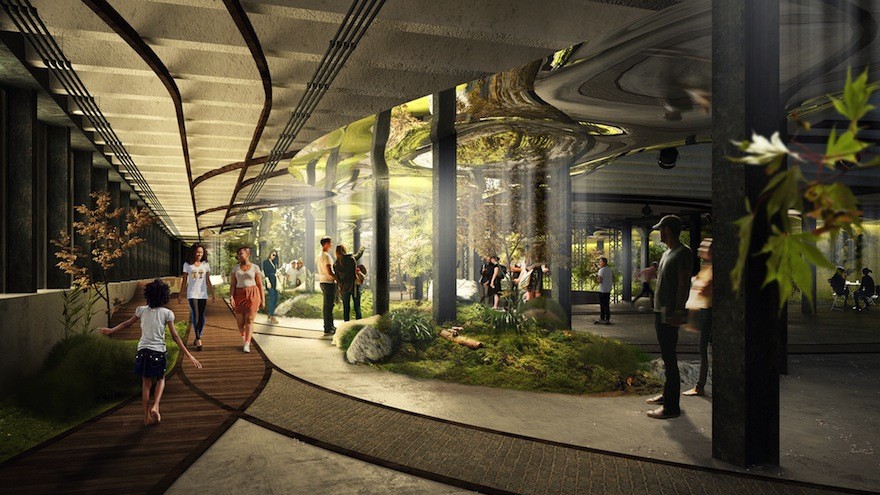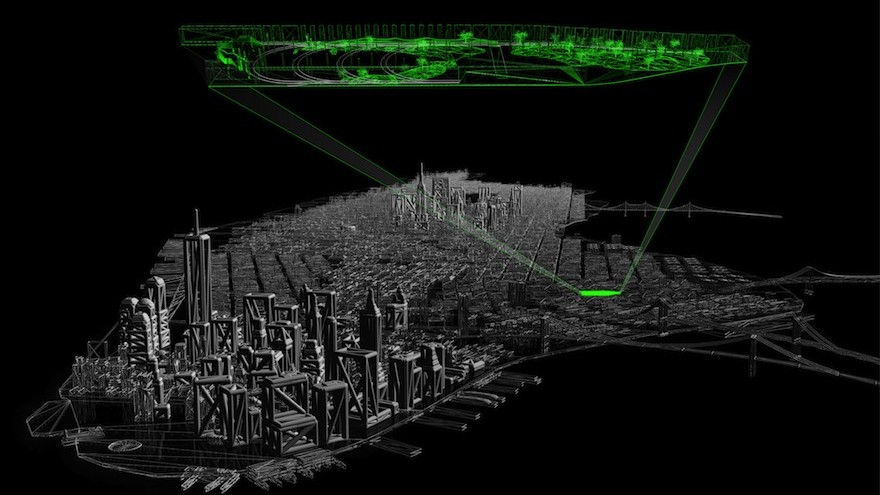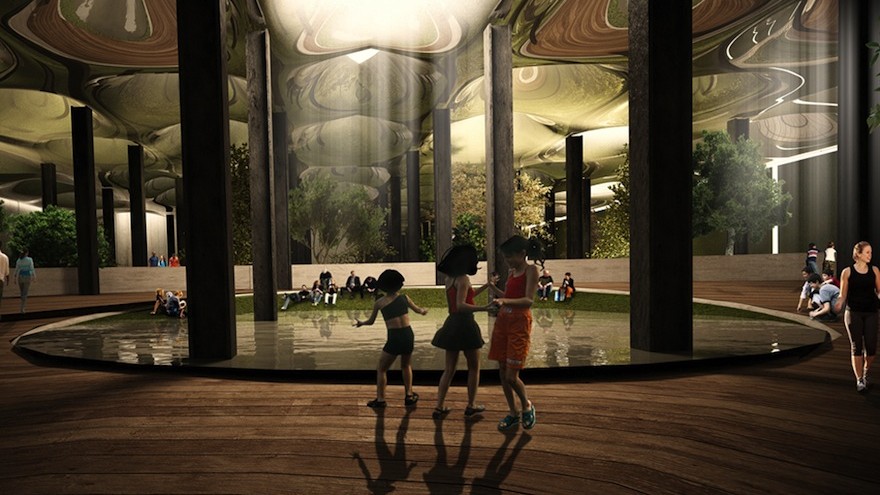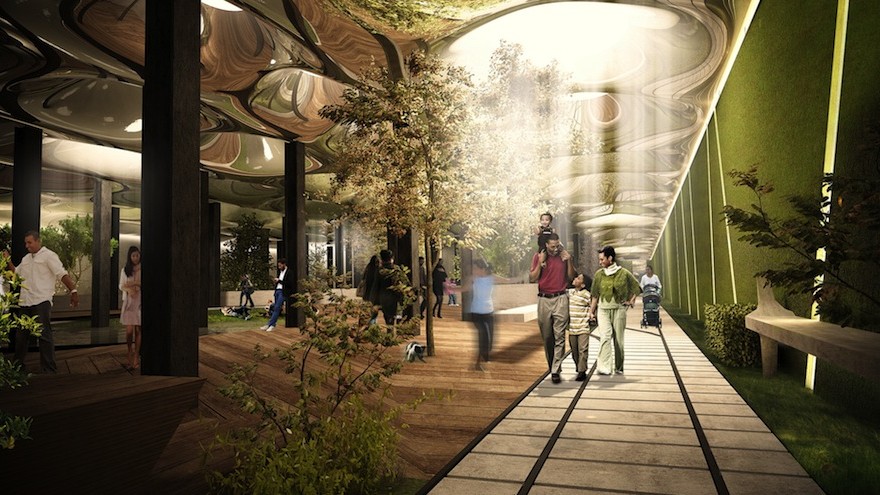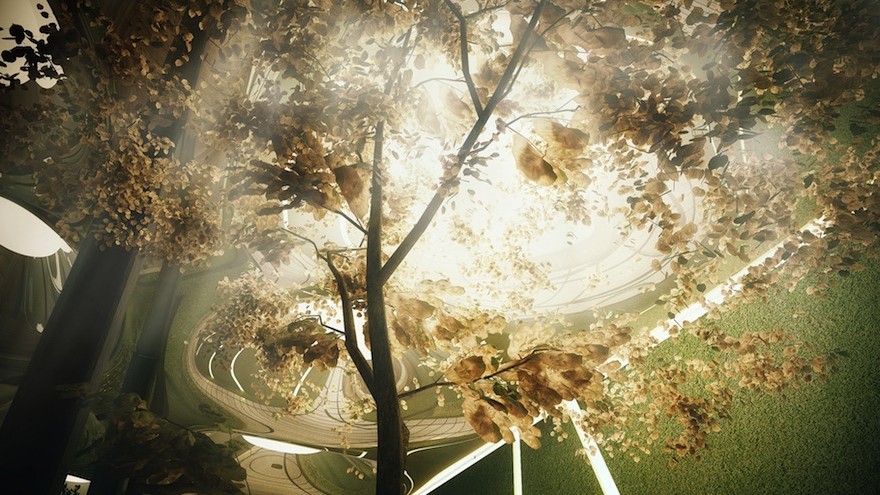The design team behind The Lowline underground park are moving ahead with plans to build a lab to develop the solar technology required to ensure the park’s success.
The Lowline is intended for an old, abandoned trolley station under the Lower East Side of Manhattan, New York, not far from the raised High Line Park in the Lower West Side. The urban park will be the first subterranean green space the world has ever seen and will open doors to the possibilities of public space under the ground in crowded cities.
Reflective parabolas above the ground will collect sunlight that will then travel via fibre optic cables to the space below the ground where it will be dispersed. The process will be similar to the irrigation of water from a source to dry ground. The wavelengths necessary to support photosynthesis will be carried through the cables.
The solar technology has been designed by James Ramsey of Raad Studios, co-founder and creater of the Lowline and former NASA satellite engineer.
“We envision not merely a new public space, but an innovative display of how technology can transform our cities in the 21st century,” say the founders. “And along the way, we intend to draw the community into the design process itself, empowering a new generation of Lower East Siders to help build a bright new spot in our dense urban environment.”
The park is located on the one-acre former Williamsburg Bridge trolley station below Delancey Street. Raad studios say the Lowline should be open in 2018.
The Kickstarter campaign, which ended 8 July 2015, to fund the Lowline Lab garnered more than 2000 supporters pledging over $200 000.

